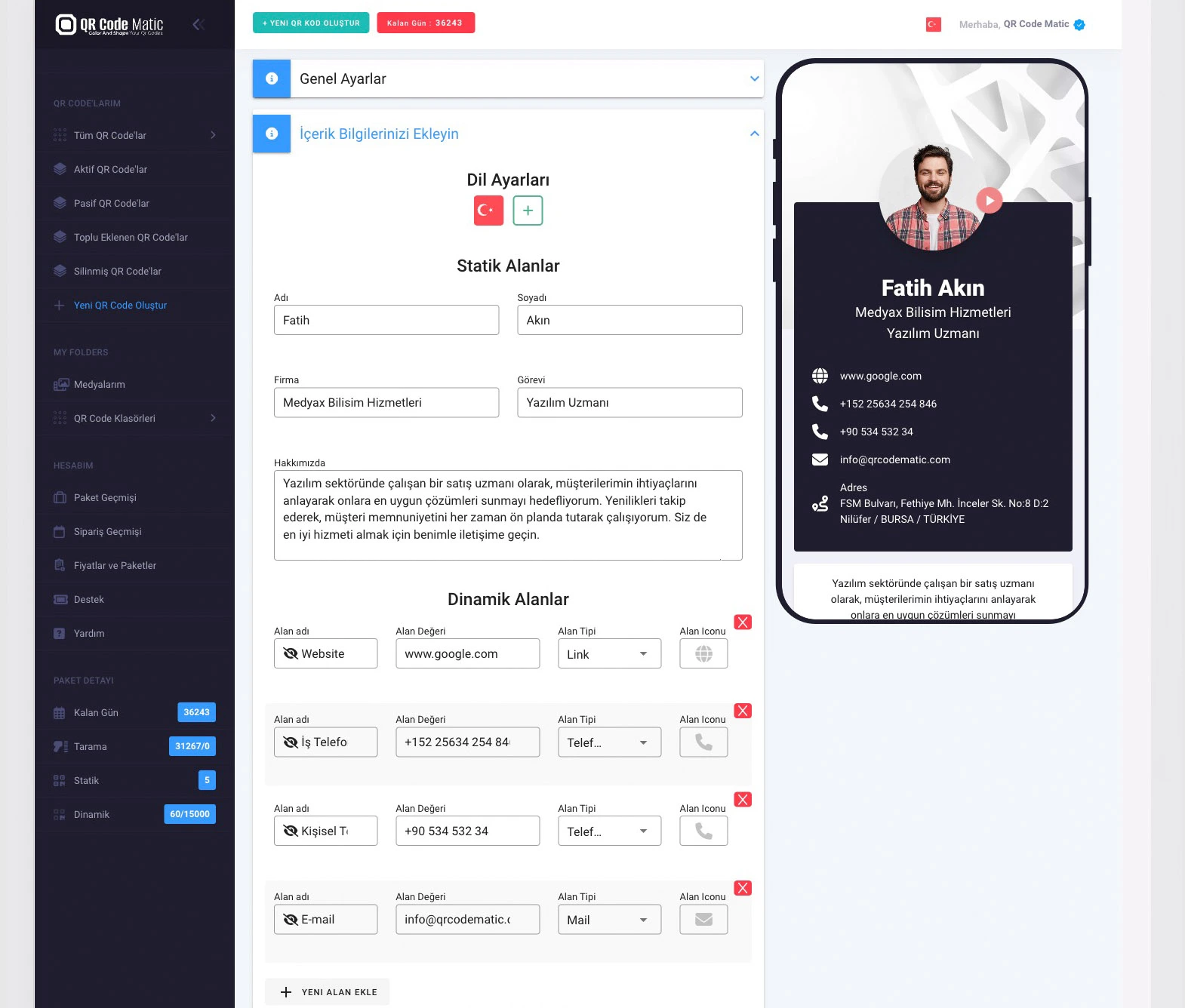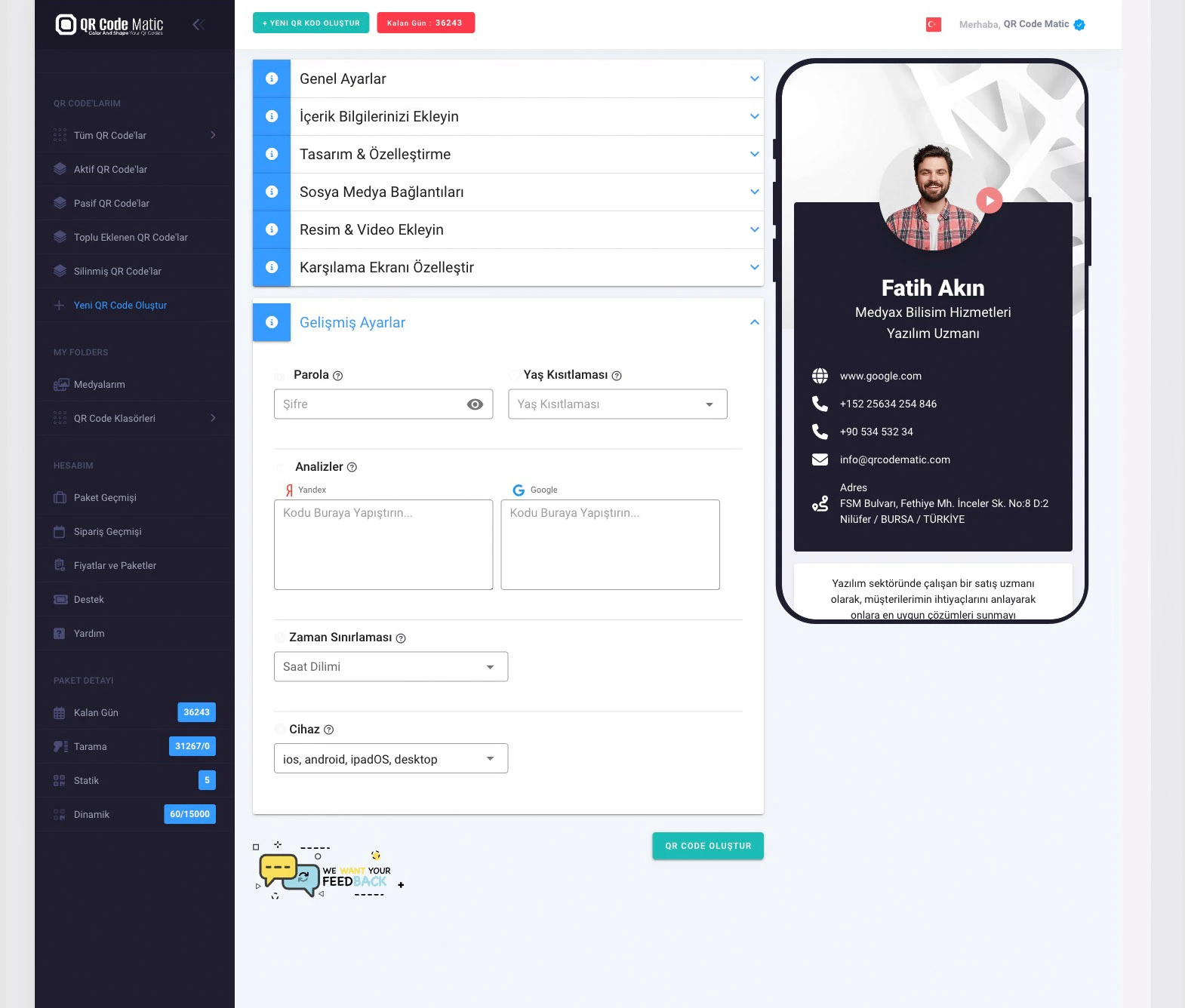QR codes used for equipment provide an effective tracking and management tool. These codes enable easy access to information regarding equipment tracking, maintenance, repairs, and other relevant details. Here are some advantages of using QR codes for equipment:
Equipment Tracking: QR codes provide a unique identifier for each piece of equipment. This makes it easier to track the location, usage status, and ownership of the equipment. By scanning the QR code, personnel can quickly find out where the equipment is and who is using it.
Maintenance and Repair Operations: QR codes can be used to track the maintenance and repair history of equipment. By scanning the QR code on the equipment, personnel can view the maintenance history, recent repairs, periodic maintenance requirements, and other relevant information. This allows for organized maintenance programs, quick resolution of breakdown situations, and extended equipment lifespan.
Instructions and Manuals: QR codes provide easy access to equipment user manuals, assembly guides, safety procedures, and other related documents. By scanning the QR code, personnel can instantly view the relevant instructions and ensure proper usage. This helps prevent misuse and ensures compliance with safety standards.
Service and Support: QR codes facilitate easy access to service and support for equipment. By scanning the QR code on the equipment, personnel can contact the technical support team, check warranty information, or request spare parts. This enables quick resolution of issues and reduces downtime.
Data Collection and Analysis: QR codes serve as a source for data collection and analysis related to equipment performance. Each time a QR code is scanned, important data such as operating time, production efficiency, energy consumption, etc., can be recorded. This data can be used to optimize equipment, improve efficiency, and develop enhancement strategies.
QR codes enable efficient management, tracking, maintenance, and quick access to information about equipment. They enhance operational efficiency, reduce costs, and extend the lifespan of the equipment.








